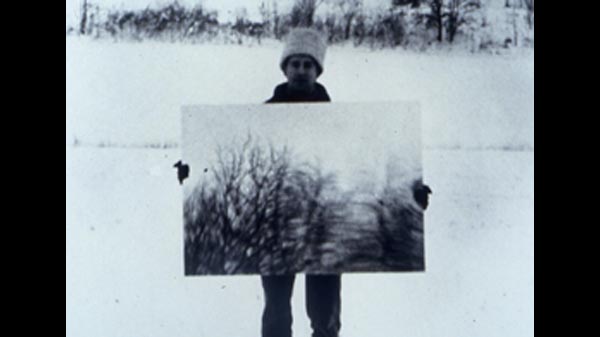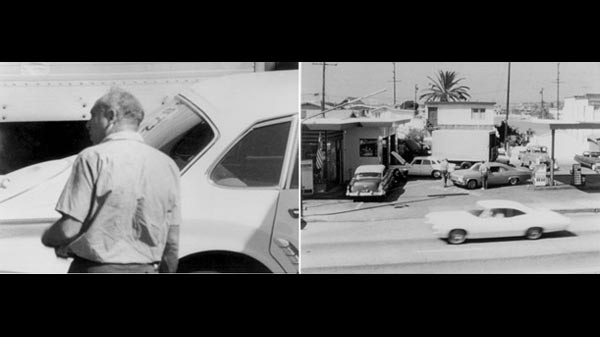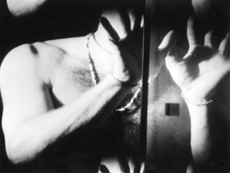Morris began his career in the 1950s as a painter of gestural, Abstract Expressionist-style paintings. His growing dissatisfaction with the limitations of the medium and the movement culminated in a systematic expansion of his artistic practice in the early 1960s. The artist’s earliest conceptual sculptures playfully blur fixed boundaries between subject and object. Box with the Sound of Its Own Making (1961), for instance, consists of a handmade, skull-sized, walnut wood box that contains a sound recording of hammering, sawing and drilling noises from the construction of the box itself. It was during that same period that Morris also developed a series of choreographic dance performances including War (1963), 21.3 (1964) and Waterman Switch (1965), which the artist performed with the Judson Dance Theater alongside such artists as Yvonne Rainer, Carolee Schneemann and Lucinda Childs. These performances fundamentally informed his thinking about art and the physical and aesthetic experiences of the self that it mediates.
The sculptural, minimalist objects Morris developed in those same years are radically charged with performativity. Works including Three L-Beams (1965), Mirrored Cubes (1965) or Ring with Light (1965/66) deliberately enact specific moments of perceptual confusion, soliciting from the viewer a range of different “I” positions and a constant re-adjustment of their sensory experience. Morris would intensify this quality in later work by making greater use of such flexible, changeable materials as plywood, steel wire mesh and felt. The felt sculptures he made from the late 1960s onward balance on the threshold between form and anti-form. Gravity determines the shape this malleable material will ultimately take. The metal grommets used to attach these sculptures to the wall are a visible part of the work and represent a departure from the Minimalist insistence on the autonomous aura of the art object.
The 1970s, 1980s and 1990s saw a further, often unexpected expansion of the artist’s practice: Morris experimented with a range of media including photography and film, created such provocative collages as Voice (1974), earthworks including The Observatory (1977), the drawings in his Firestorm series (1982) among others, along with wall reliefs like The Martyr (1986) employing such materials as lead, acrylic, and fiberglass. This also marked the first time he explicitly addressed such social and political topics as the growing technologization of everyday life, the nuclear threat, and later US-led wars in the Persian Gulf region.
Robert Morris resolutely defied conventional art-historical classifications and movements as few artists did. He considered his artistic practice a single, coherent work, a continuous project and a sustained, philosophical-artistic experiment. His entire oeuvre, regardless of medium, attempts nothing less than the creation of a complex, sometimes paradoxical space—a space that returns to the viewer those same processes of experience and perception that seem so elusive today.’ – Sprüth Magers





